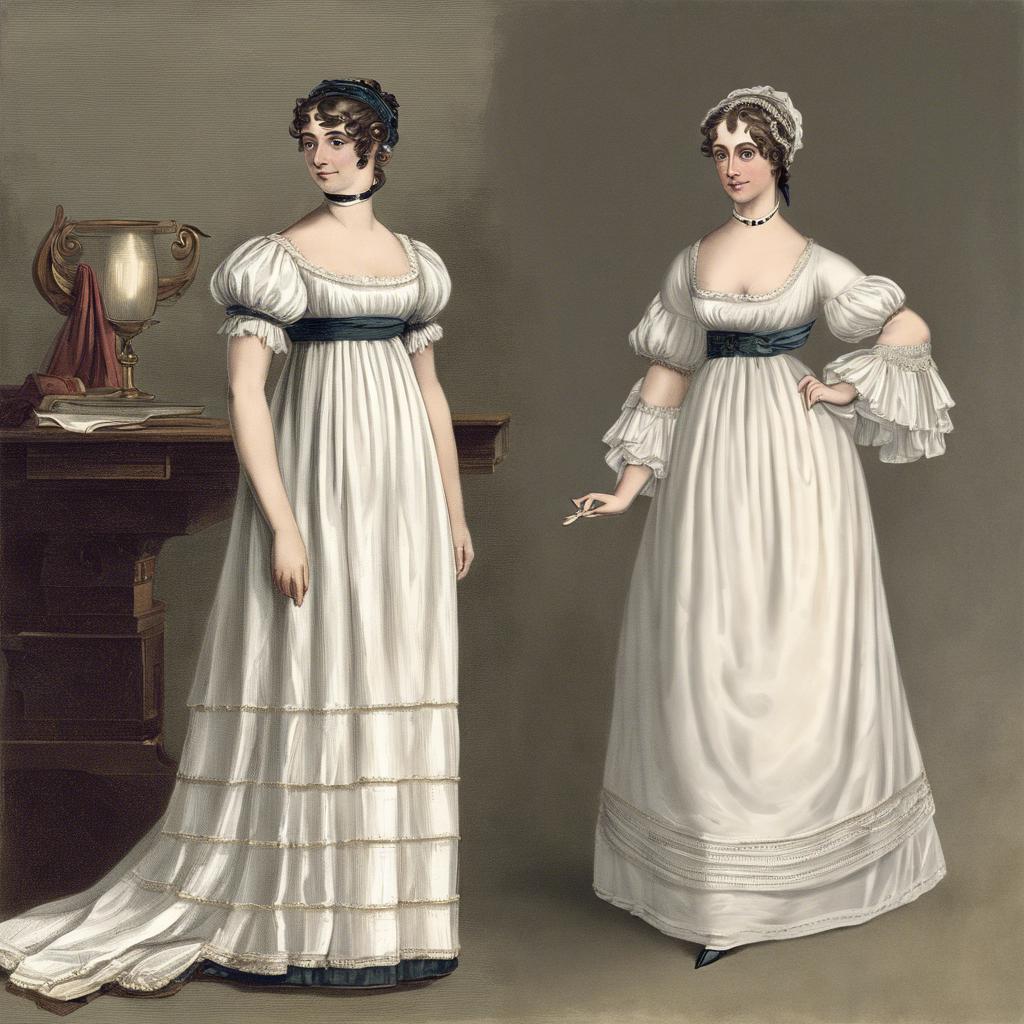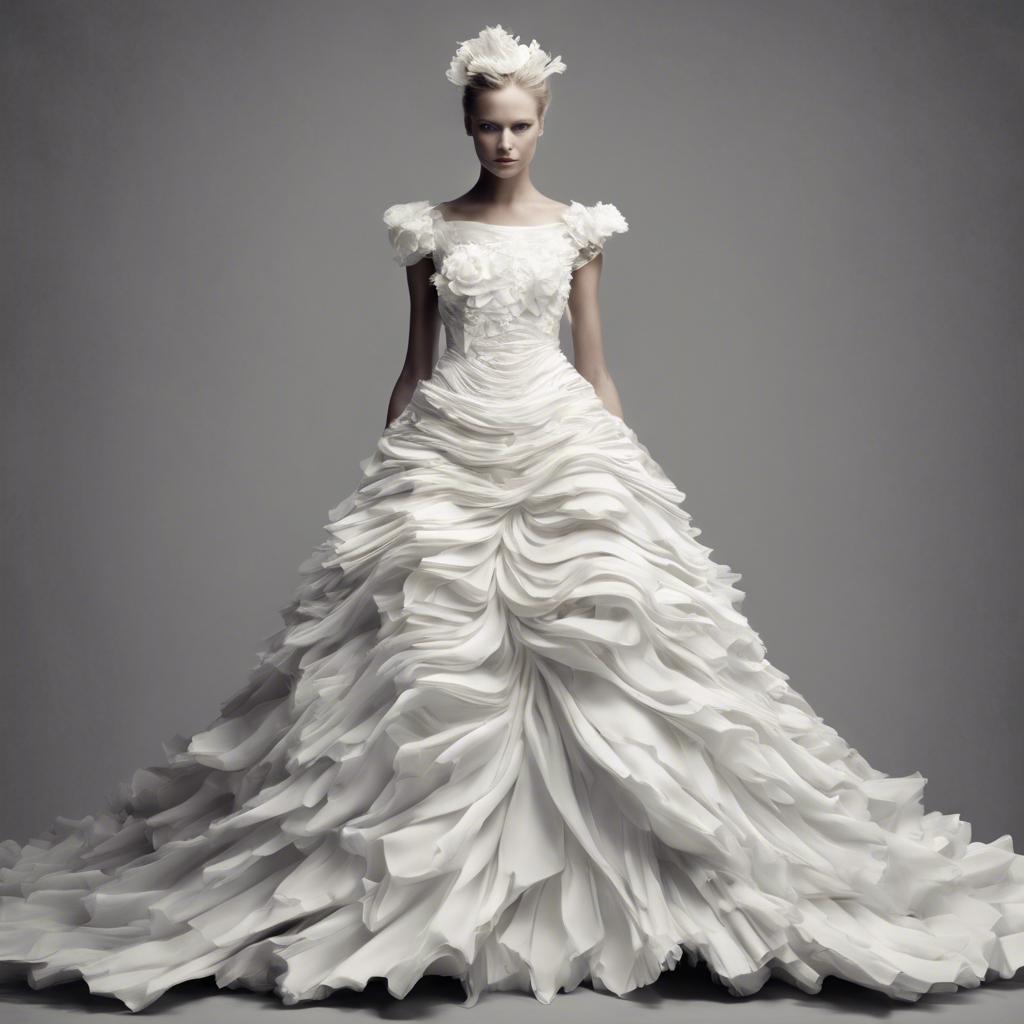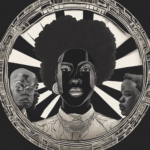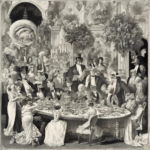During the Regency era, white dresses became a fashionable and symbolic choice for women of elite society. Defined by their elegance and simplicity, these garments were not merely a sartorial choice, but also a reflection of the societal values and norms of the time. In this article, we delve into the history and significance of the Regency era white dress, exploring its cultural resonance and lasting impact on the fashion landscape of the period.
Step Into the World of Cheryl Bolen
Dive into the enchanting stories of love, intrigue, and elegance set in the Regency Era. Cheryl Bolen's novels offer timeless romance and captivating tales that will leave you wanting more.
Explore Cheryl Bolen's Books Now
History of the Regency Era White Dress
During the Regency Era, white dresses became a popular fashion choice among elite women in society. These dresses were typically made from lightweight fabrics such as muslin or silk, and were often adorned with delicate lace or embroidery.
The popularity of white dresses during this time can be attributed to several factors. Firstly, white was seen as a symbol of purity and innocence, aligning with the idealized image of femininity in the regency era boy names”>early 19th century. Additionally, advancements in textile production made white fabrics more accessible and affordable, allowing more women to partake in this fashion trend.
White dresses of the Regency Era were characterized by their high waistlines, empire silhouettes, and flowing skirts. These dresses were often accessorized with dainty gloves, delicate jewelry, and ornate hairpieces, creating a look that was both elegant and refined. The simplicity of the white dress allowed for versatility in styling, making it a staple in the wardrobes of fashionable women of the time.
Key Characteristics of Regency Era White Dresses
During the Regency Era, white dresses were a symbol of elegance and sophistication for women of high society. These dresses were characterized by their delicate fabrics and intricate detailing, reflecting the fashion trends of the early 19th century.
One key characteristic of Regency Era white dresses is their empire waist silhouette, which accentuated the natural waistline and created a flattering, elongated look. The dresses often featured flowing skirts that elegantly draped to the floor, giving the wearer a regal appearance.
Another defining feature of Regency Era white dresses was the use of fine lace and embroidery. These intricate details added a touch of femininity and luxury to the garments, making them perfect for formal events and social gatherings.
Materials and Construction of Regency Era White Garments
White garments in the Regency era were typically made from lightweight, breathable fabrics such as muslin, cotton, and linen. These materials were favored for their ability to keep the wearer cool and comfortable in the warm weather of the period. The construction of these garments was often simple, with minimal decoration to emphasize the clean, elegant lines of the dress.
Regency era white dresses were commonly designed with a high waistline, empire silhouette, and flowing skirts that fell to the floor. The bodice was often fitted with a square neckline or low-cut décolletage, while the sleeves were typically short or elbow-length. White garments were a symbol of purity and elegance during this time, and were worn by women of all social classes for both formal and informal occasions.
Embroidery, lace, and ribbon were sometimes used as embellishments on Regency era white garments, adding a touch of femininity and sophistication to the overall look. White dresses were often accessorized with delicate jewelry, gloves, and parasols to complete the fashionable ensemble. Despite their simplicity, these garments were highly prized for their timeless elegance and graceful silhouette.
Tips for Incorporating Regency Era White Dresses into Modern Fashion
When it comes to incorporating Regency Era white dresses into modern fashion, there are several tips and tricks to keep in mind. These elegant and timeless pieces can add a touch of romance and sophistication to any outfit, whether you’re attending a formal event or simply looking to elevate your everyday style.
One way to update a Regency Era white dress for a more modern look is to pair it with contemporary accessories. Consider adding a statement belt to cinch the waist and give the dress a more defined silhouette. You can also mix in trendy shoes, such as strappy sandals or ankle boots, to add a touch of edge to the outfit.
Additionally, don’t be afraid to experiment with different hairstyles and makeup looks to complement your Regency Era white dress. Opt for soft curls or a sleek updo, and consider adding a pop of color to your lips or nails for a modern twist. Remember, the key is to strike a balance between vintage elegance and contemporary flair.
Final Thoughts
the Regency era white dress symbolized the elegance, simplicity, and refinement of the fashion of the time. With its clean lines, delicate fabrics, and timeless silhouette, the white dress was a staple in the wardrobes of women across social classes during this period. As we look back on this iconic style, we can appreciate the lasting legacy of Regency fashion and its influence on modern day design. The white dress remains a classic choice for formal occasions, weddings, and special events, embodying the grace and sophistication of a bygone era. Let us continue to draw inspiration from the Regency era and keep the tradition of the white dress alive in our own wardrobes.


